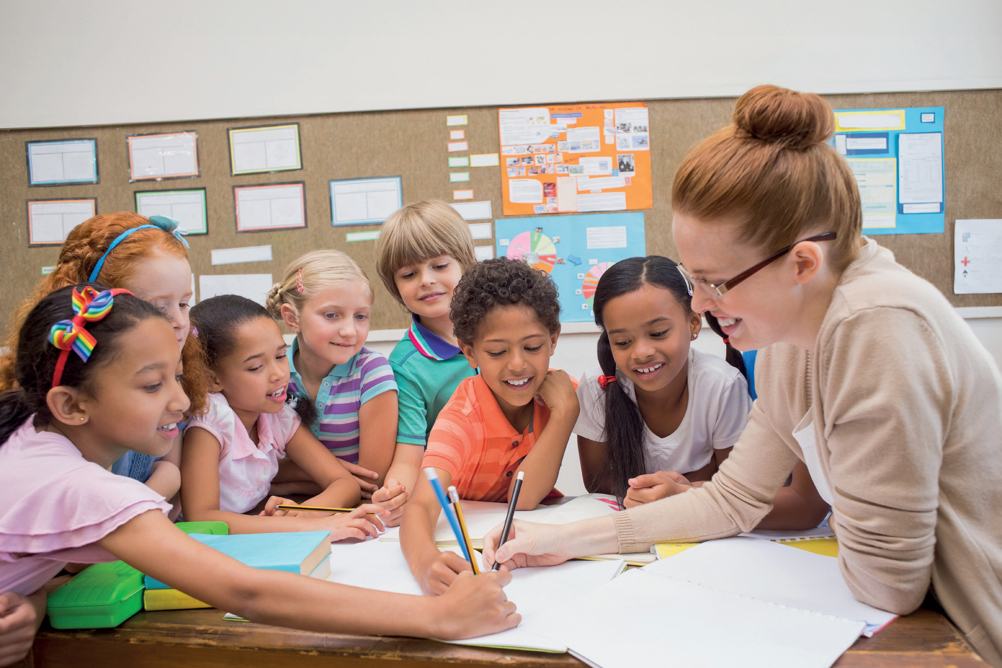
One of my greatest passions is taking music out of the ‘music lesson’ box and diffusing it through other aspects of the school to increase wellbeing and make the learning more meaningful. By using a topic the children are learning about, they can develop a deeper understanding and ownership of the topic, as well as develop literacy throughout the activity by being aware of expressive language and speech rhythms. Writing a song as a group shares the responsibility for the creativity, as opposed to a solo creative writing task. This gives a sense of achievement throughout, as well as the wellbeing from singing together. Successful songs can be repeated, embedding the topic knowledge, and be performed for parents and other year groups. Best of all, this activity doesn't need to be run by a music specialist.
The most important thing when creating a song with this age group is to make the responsibility for creativity collective. This takes some preparation and development between lessons, and it's best to approach little and often rather than in one big chunk.
Creating lyrics
Within every KS2 topic there are aspects which catch children's interests. The first method to share responsibility is to get the group to think of all the things the song could be about. For example, in Ancient Egypt, a song could be about the gods, the pyramids, or the Nile. Once there are lots of ideas present, different children can say which idea interests them.
To write lyrics, we use the same method – work as a group and then edit from the ideas. There are lots of methods to generate lyrics – in a narrative song, the verses could describe the plot and the chorus could be descriptive. I would create a simple version of the story with lots of questions for the children to answer: ‘There is a box but no-one is allowed to open it – what does the box look like? What do you think might be in it? How do you feel when you are near it?’ By keeping the questions open, taking the questions one at a time, and allowing pupils to write their own answers then discuss, you usually get some strong phrases.
Picture stimuli are great for creative language, particularly for more ephemeral concepts – for a project based on colours, I found photos of different things of that colour and the children found beautiful ways to interpret them. The green jungle was ‘lush leaves lying’, and molten gold was ‘sunshine dripping’.
Learning to edit – to make choices and changes – can help children in future with their individual written work. After the ideas stage, I usually spend some time selecting phrases and decide on the vague structure of the song, as in which ideas go together. Once the ideas are organised, in my experience the children find it easy to create lines which scan, and make editing choices. I always involve the entire group by asking them to speak a potential line together.
Melody
Creating melody is what puts most teachers off songwriting, but it can be less scary than it seems. It can be reduced to making choices; such as ‘How do our words make you feel?’ and therefore what music shall we choose – slow/fast, happy/sad? There are many online three-chord backing-tracks available, as well as instrumental backings for rap. Once a repetitive backing structure is playing, I give the children a tiny fragment of lyrics and ask them to sing it in their head or quietly to themselves, then ask someone to sing theirs back. Be aware that all future melodies might morph into the first one, so it's good to go with the first! I ask the group to sing the idea together immediately, and then we extend from there, always while editing together. Make sure you voice-record this lesson – it is frighteningly easy to forget a child's precious melody.
If this sounds too challenging, there are smaller ways to achieve the same benefits. You could change the lyrics of an existing song, possibly even relevant to the topic itself, such as a 1940s song for a second world war topic. You could even generate melody from games – I once used a world map labelled A–G and a xylophone, with children telling me where to fly, to create a chorus. Once the artificially created melody was there, it was easy for them to make editorial choices. You can also create simpler music than full songs – soundscapes in response to pictures or silent films, or rhythmic patterns that are inspiring and raise wellbeing.
I hope to hear some of your topic anthems in the future!




